Hello friends, a couple of days ago I visited the botanical garden of the UTP, university of the city of Pereira, one of the most important in the country of Colombia and also one of the largest, there is a protected area of 13 hectares where they have a collection of trees, flowers, and herbaceous plants with varieties of the country and neighboring countries. This collection is really big and very beautiful and the tour was about 1h 30min, skipping some seasons because the weather is so changeable that it started to rain and then stopped raining, but the more we went into the forest the way back was longer so it was very difficult for us to walk without falling.
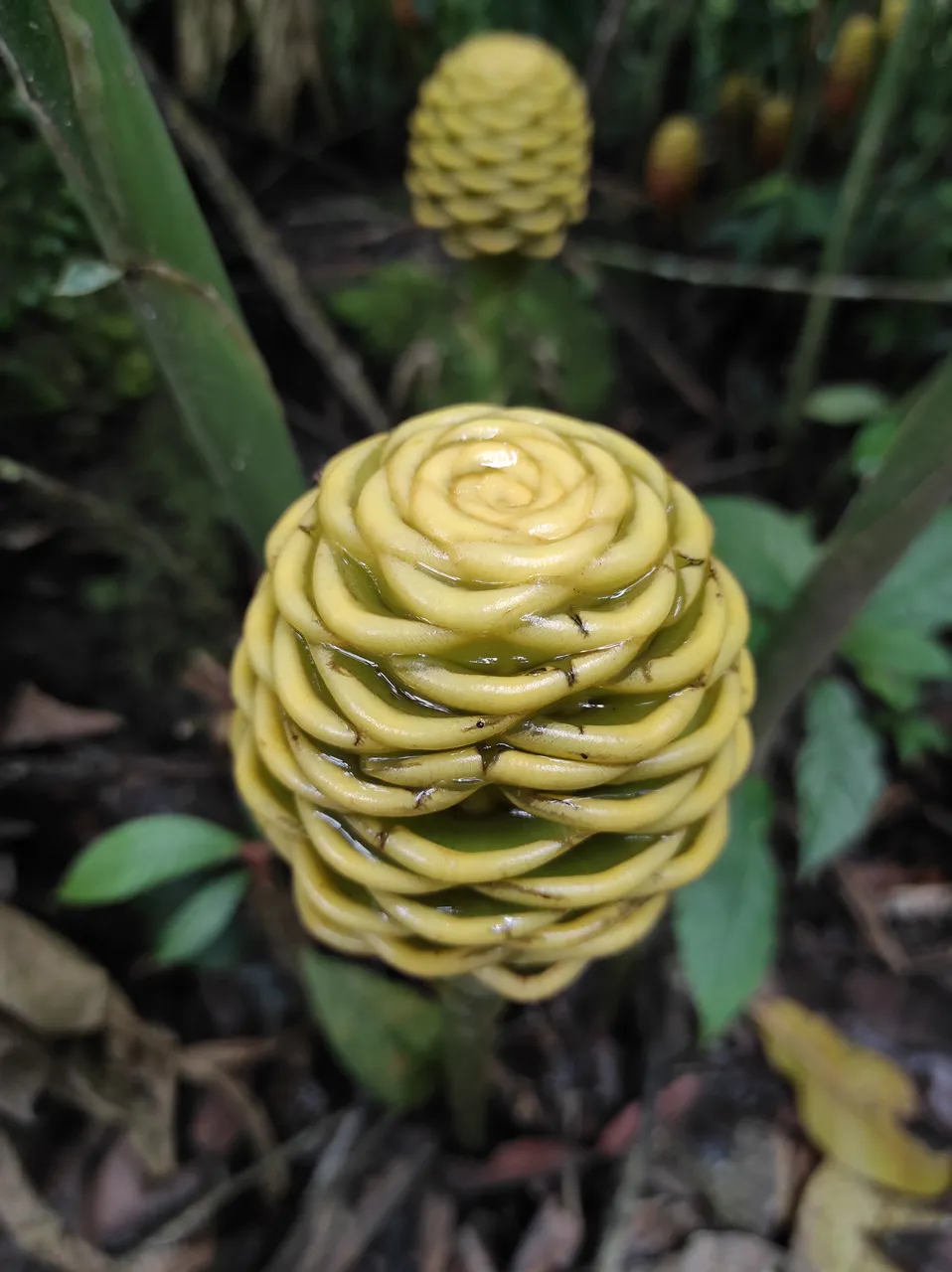
The cover photo corresponds to a zingiberaceae, it is known as false ginger or poor man's lotion because it releases a pleasant aroma when touching the plant, the bracts are hard and can grow much more than this specimen, it is an inflorescence and stores water as observed. Its scientific name is Zingiber spectible, it is of medicinal use and it is also an ornamental silver.
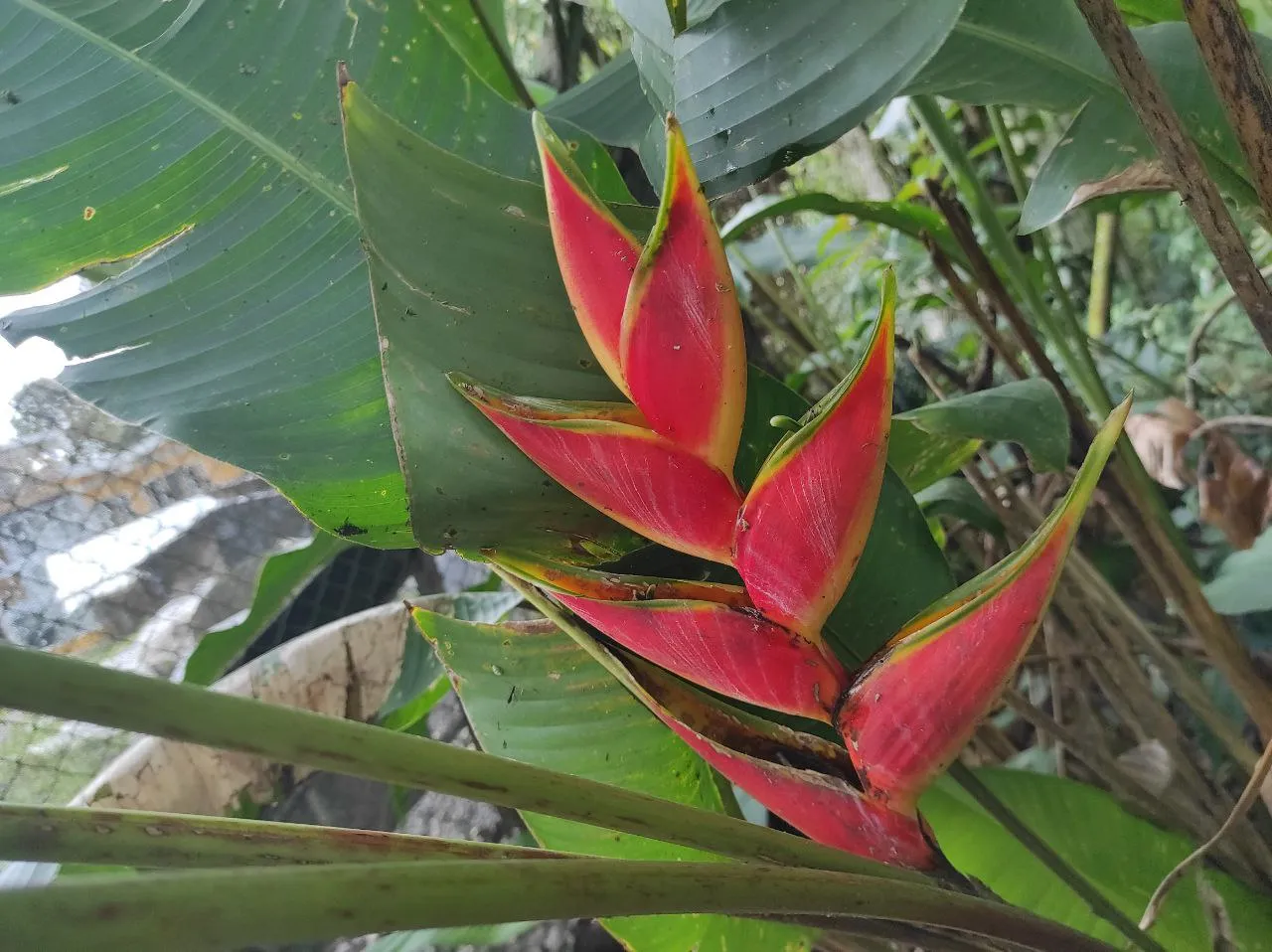
This beautiful specimen belongs to the Heliconias family (Heliconiaceae), although apparently they were grouped in the Musaceae family because they have similarities in genetics, both families belong to the same order, and remember that musaceae are plants like bananas and plantains, you can see similarities in the leaves of both families and the growth habit.
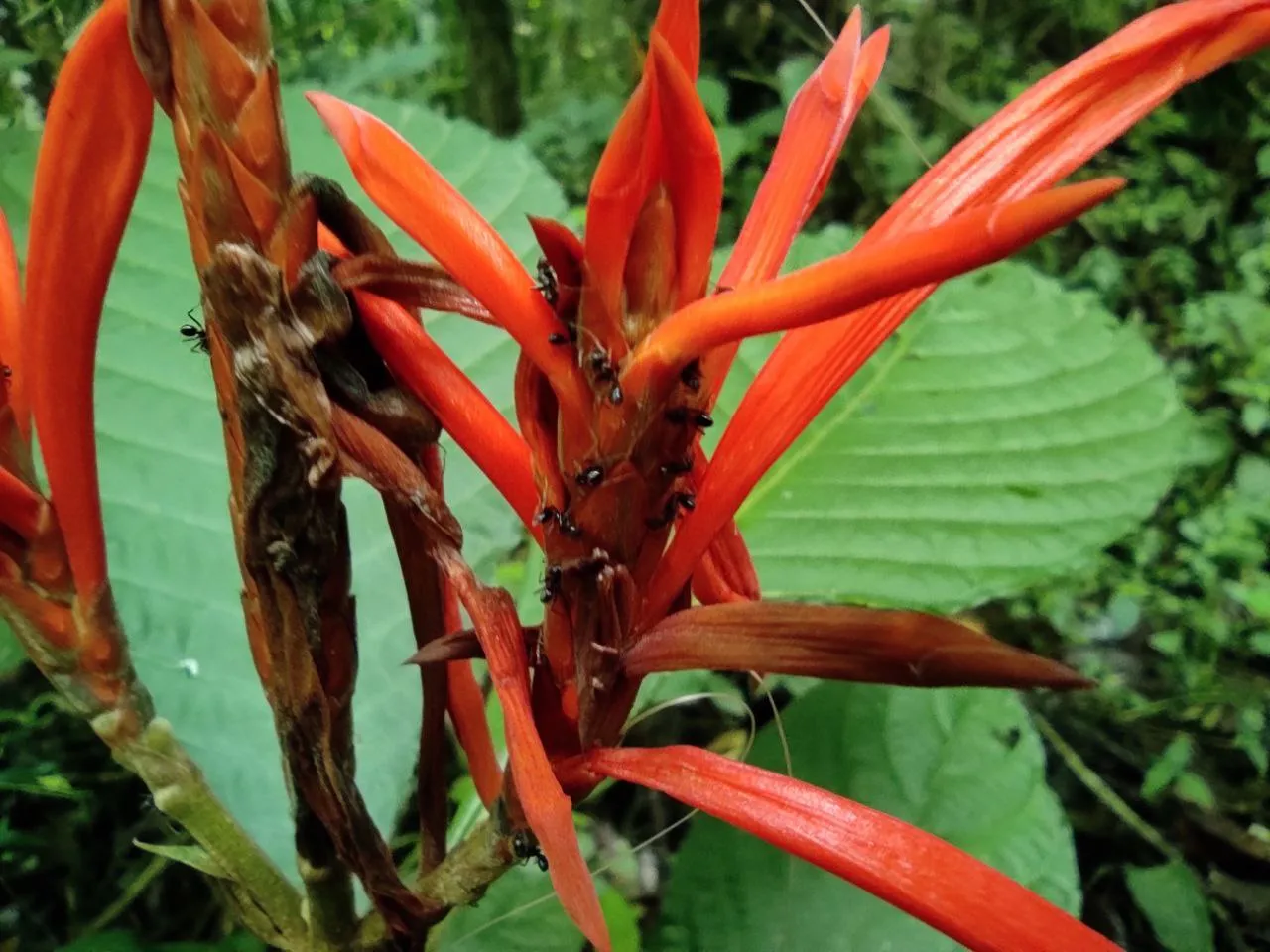
Aphelandra golfodulcencis is a shrubby plant as mentioned above, according to our guide it is native to America, and is found in temperate or humid climates such as the forest where we are.
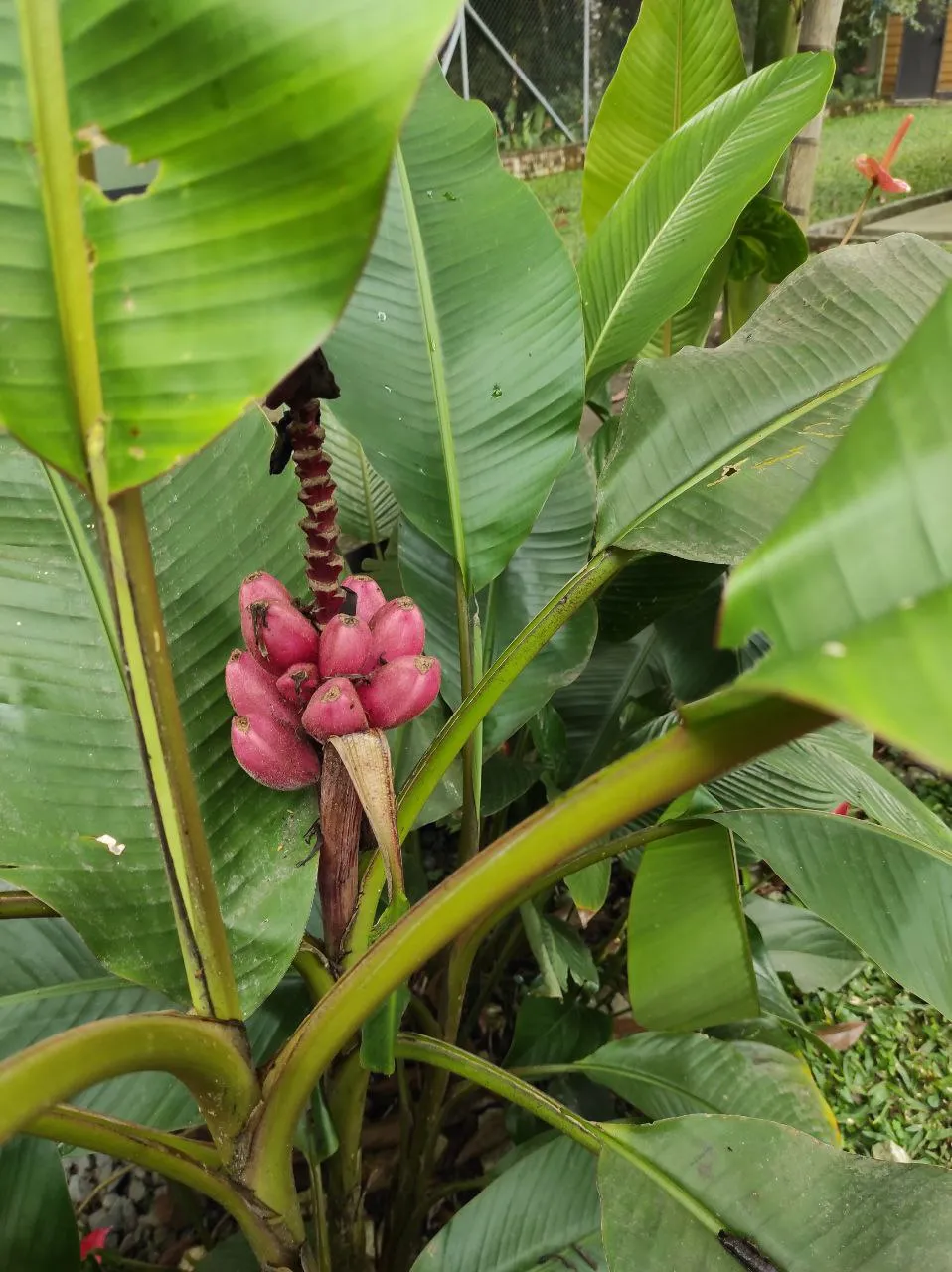
The pink plantain as it is commonly known, is Musa velutina is of the family Musaceae and of the same order as the above (except the shrub), the order Zingiberales. As you will see there are many similarities in the leaves, the stem and its growth habit. Although its fruit is not toxic it is edible, but the seeds prevent it from being palatable, which is why it is an ornamental plant.
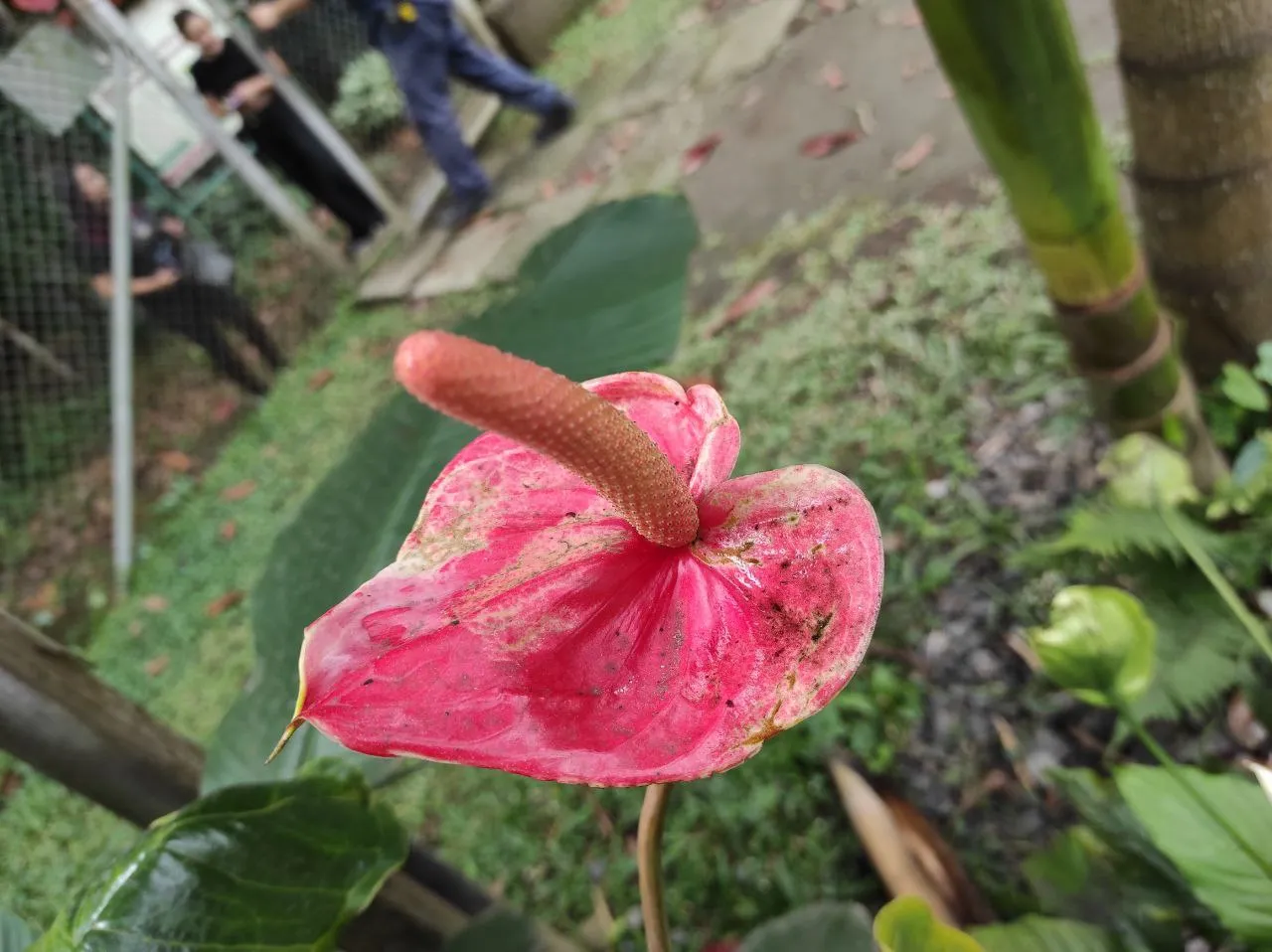
The Anthurium (Anthurium) is an Aracea itself, it is a flower of Colombian, Venezuelan and Peruvian origin, our guide explained to us that it is of rainforest origin so these 3 countries have high presence of this flower. There are many species of shrubs, so we have not been able to finish classifying some species found, it is for ornamental use and as you will see it is very beautiful, its type of inflorescence is spadix.
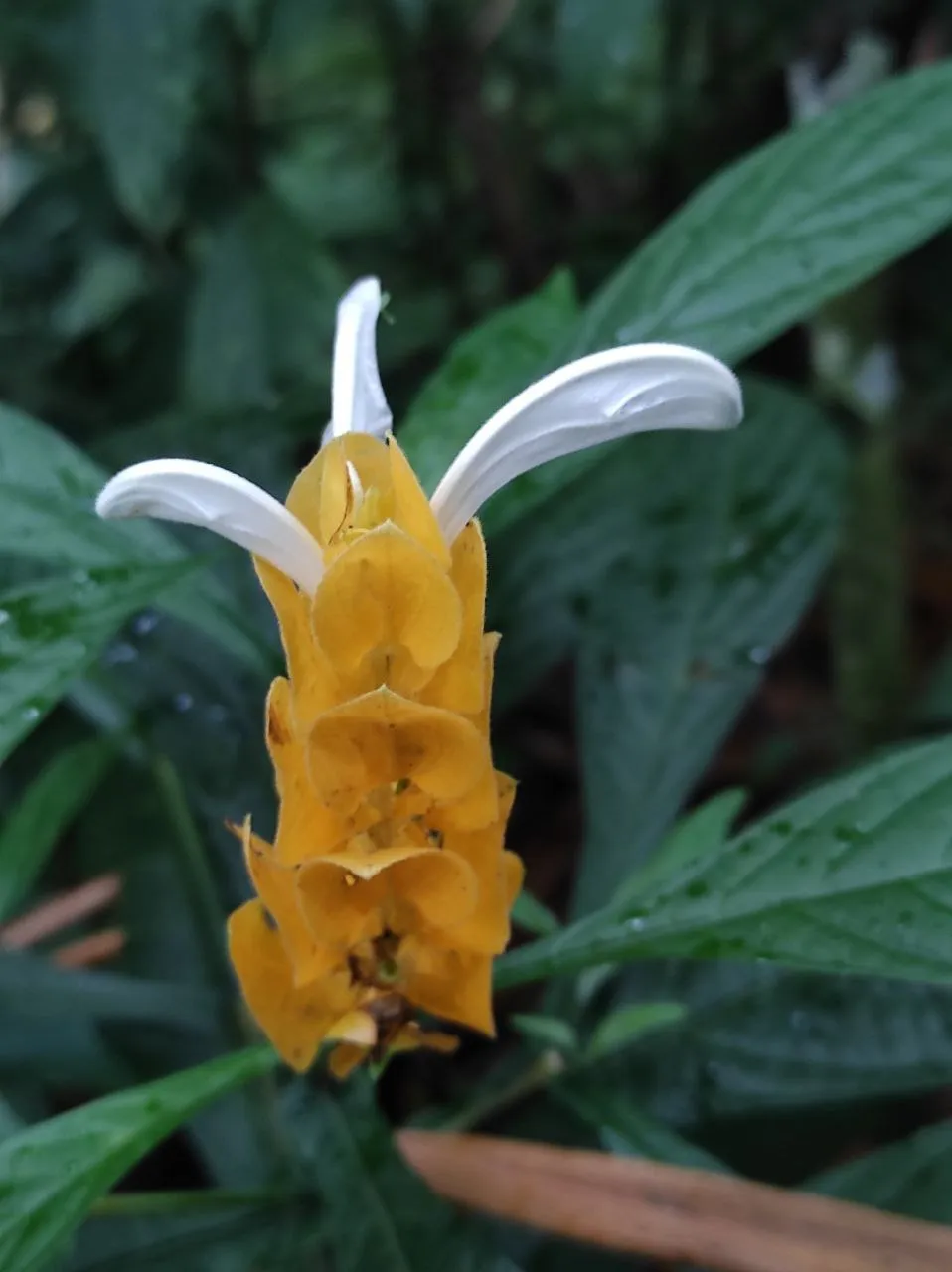
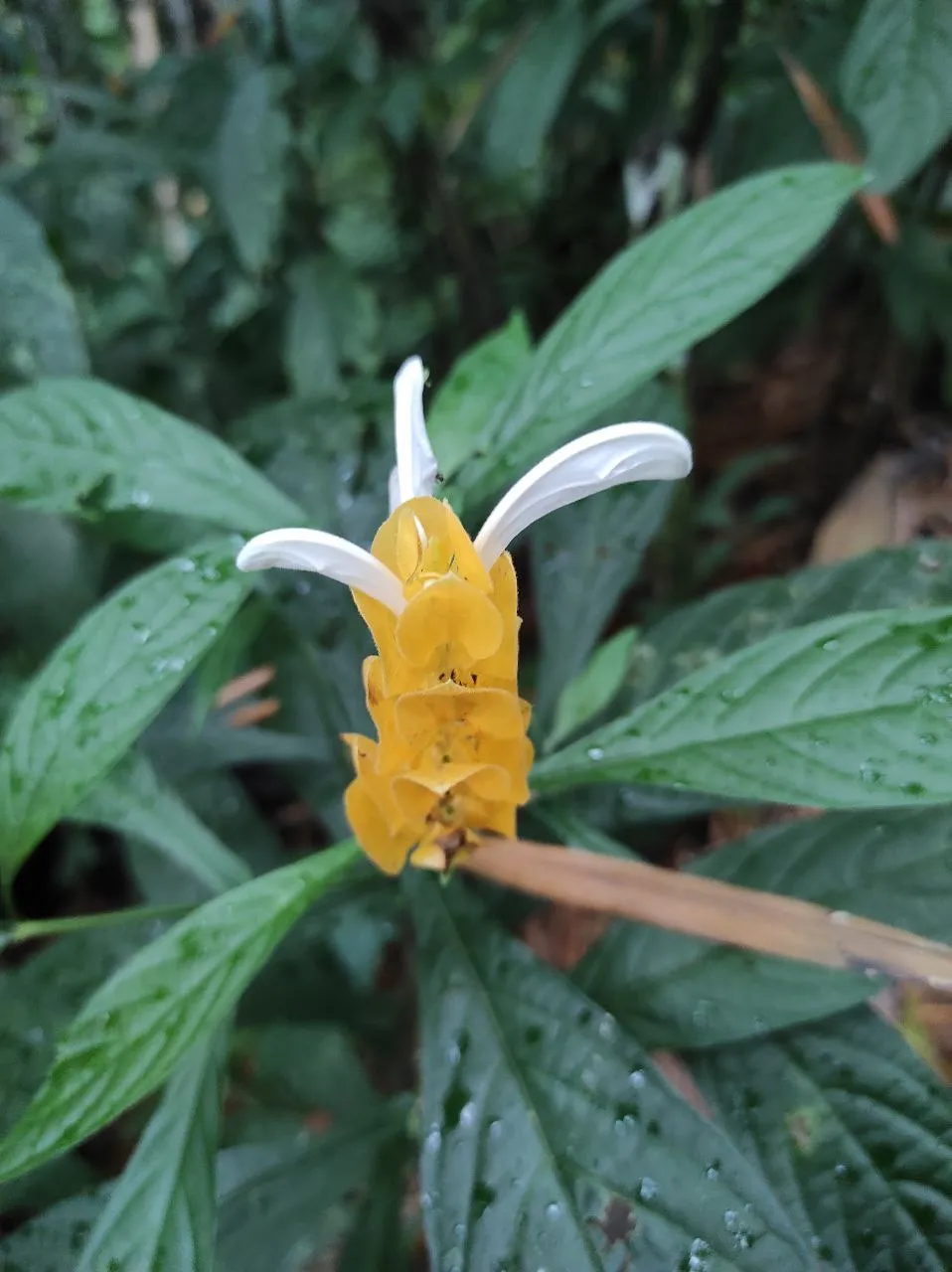
They didn't tell us anything about this species, nor did it have a nameplate, so I don't know much about it, but asking my botany professor he told me that it belongs to the acanthaceae family, but nothing else about it.
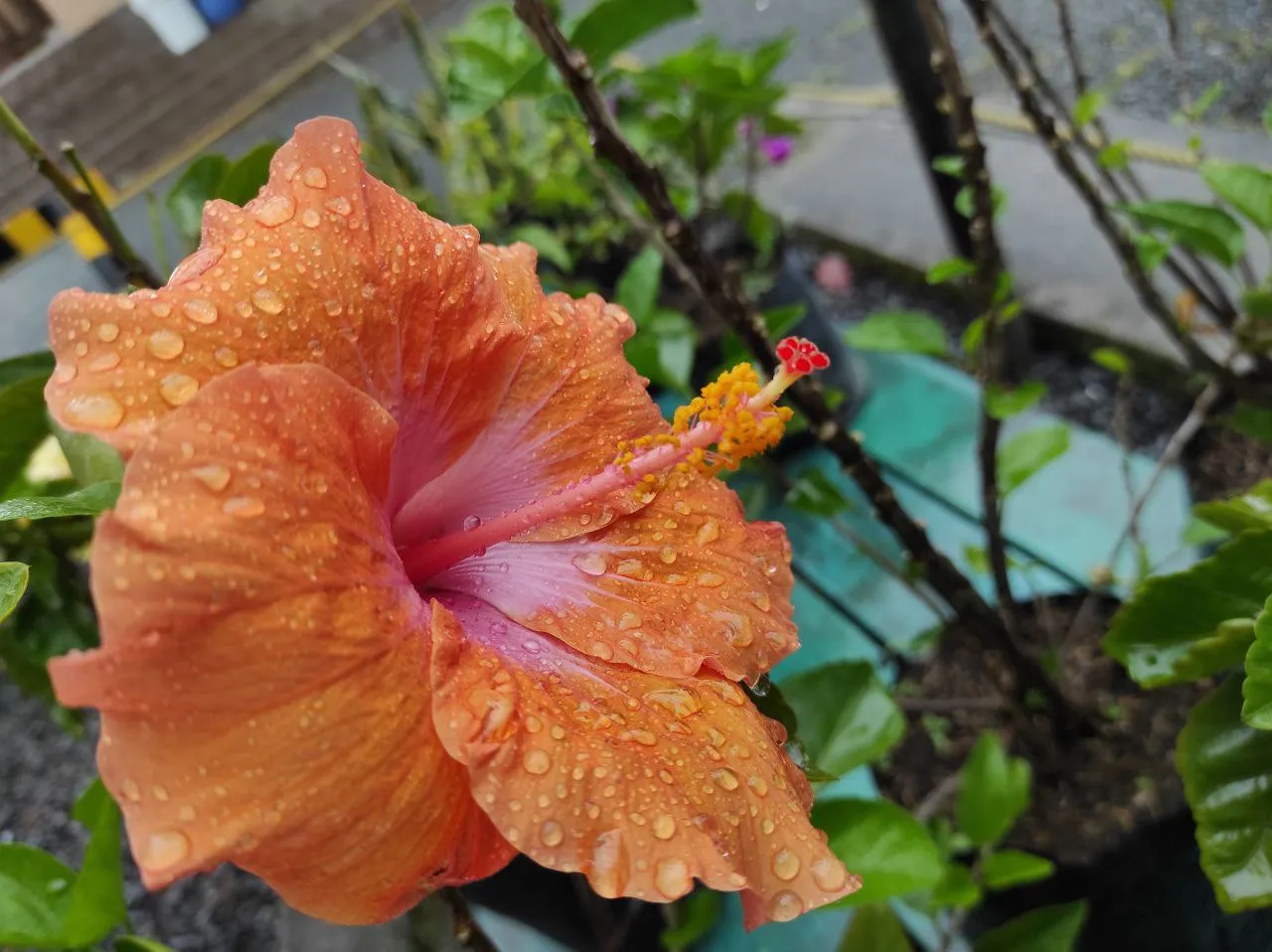
A Malvaceae, Hibiscus rosa-sinensis, I had already uploaded it before but this is an Orange hybrid, which is the first one I have seen and I found it interesting.
And finally in the ornamental garden, I found varieties of garden sunflowers, petunias, trifloras cymes, and other flowers that I do not know the name, equally very interesting and striking.
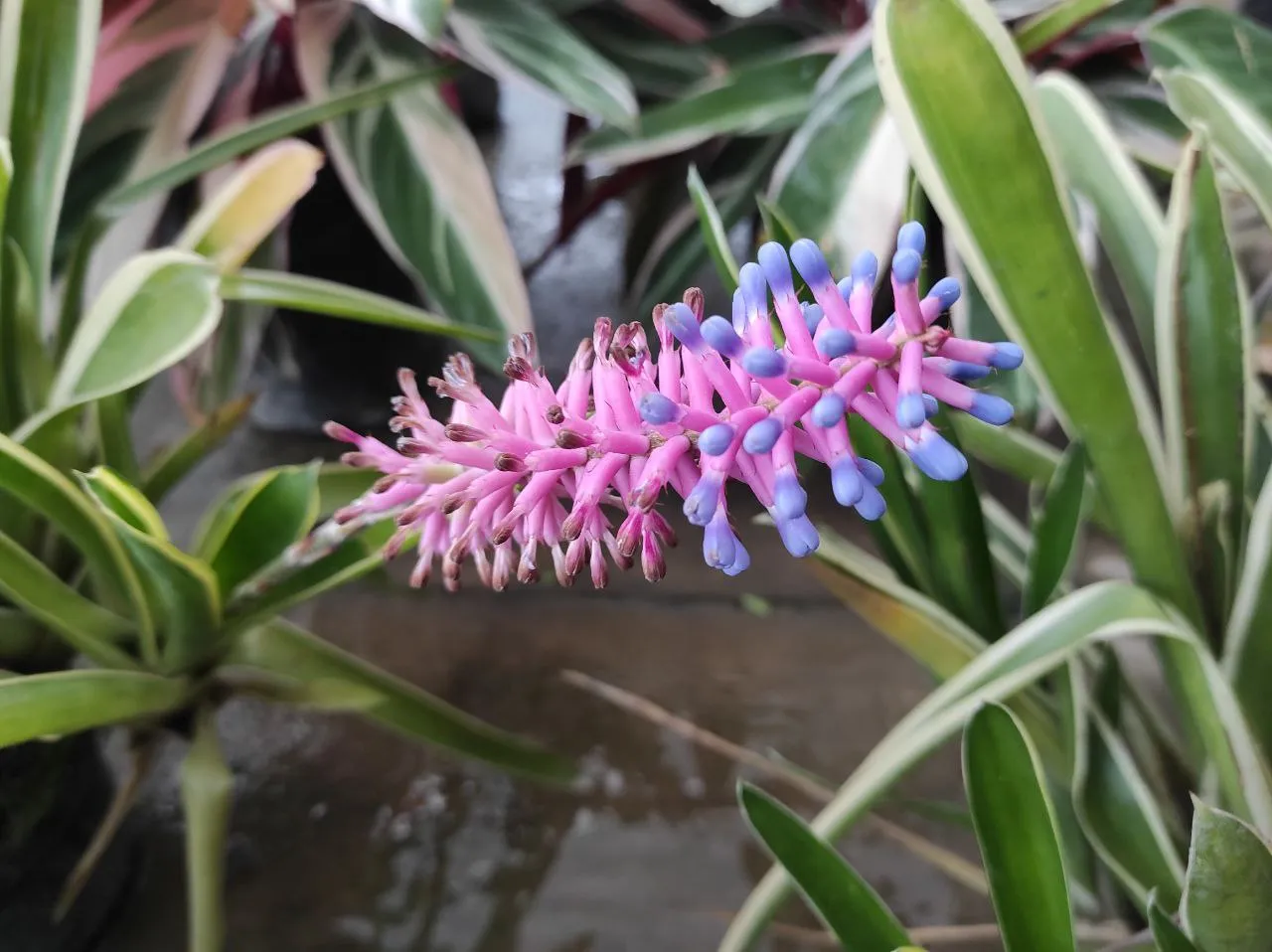
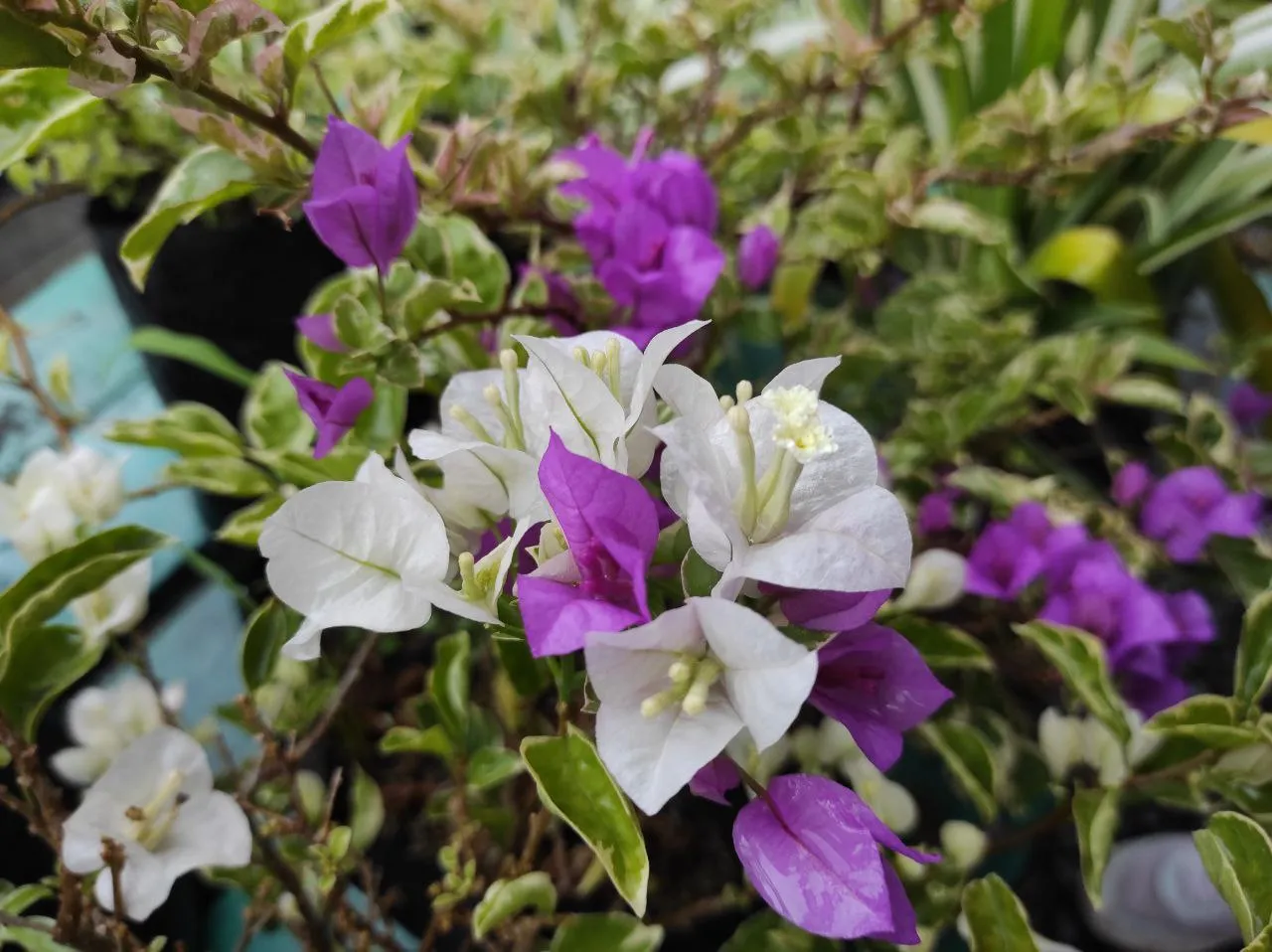
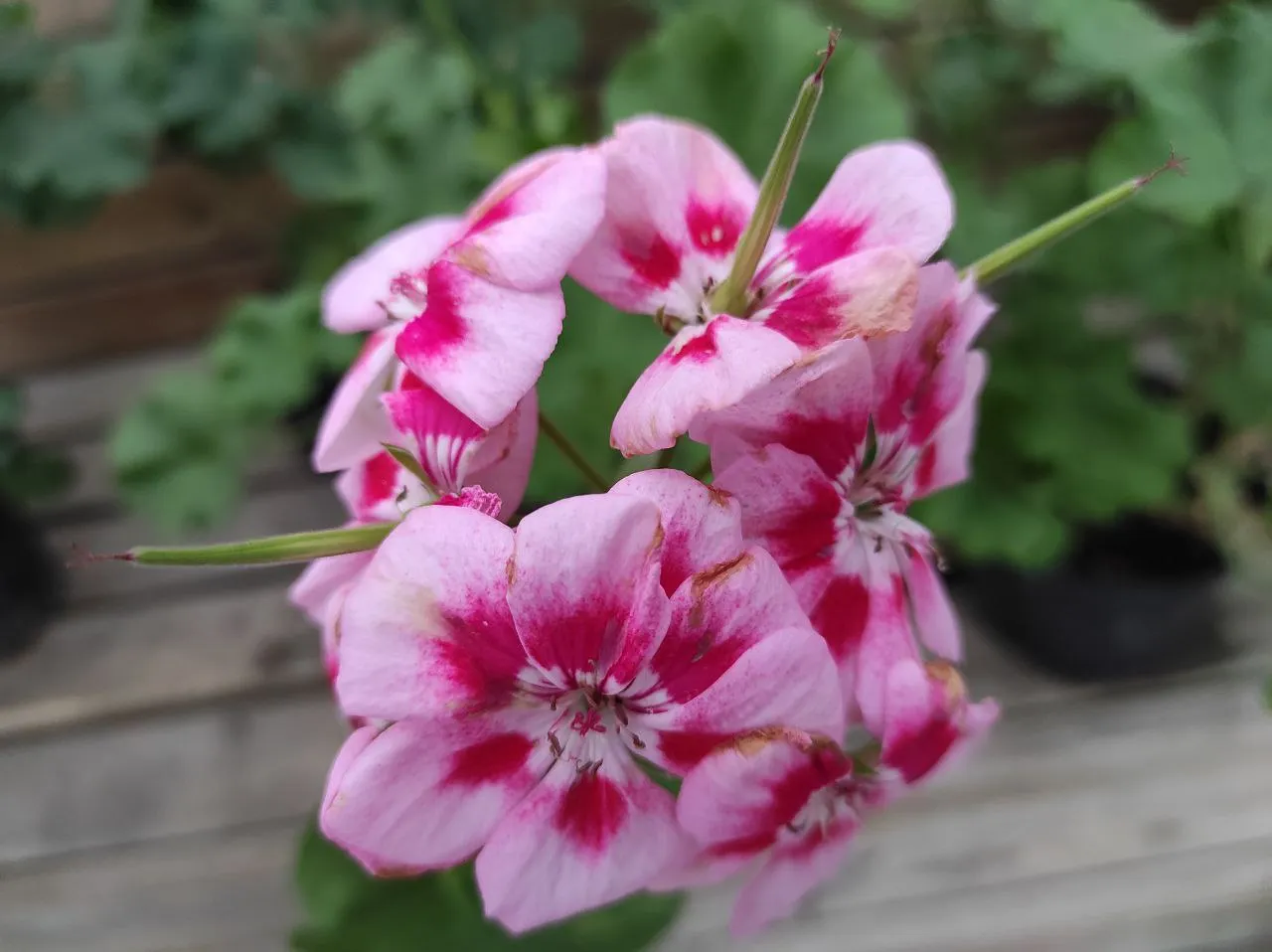
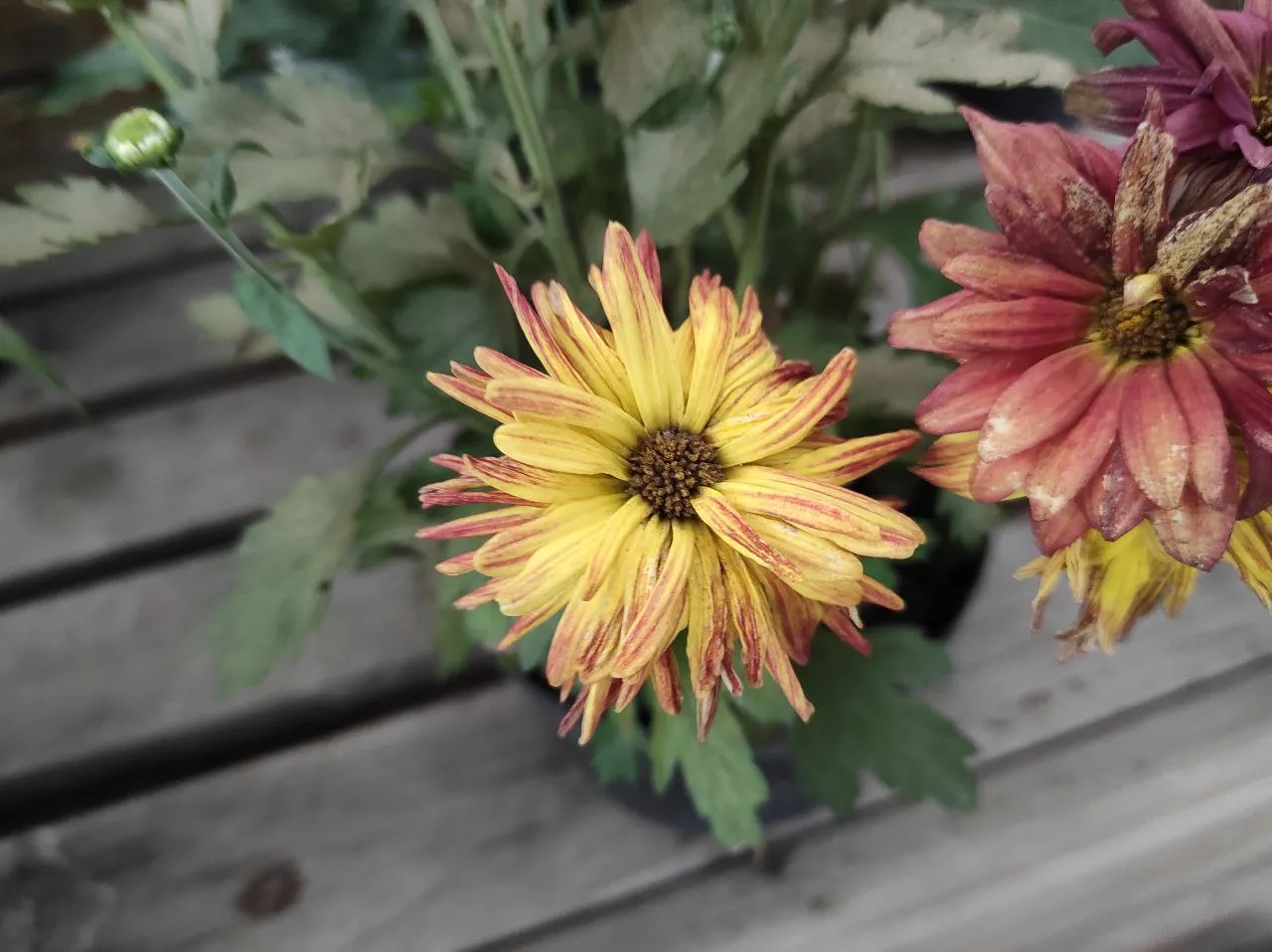
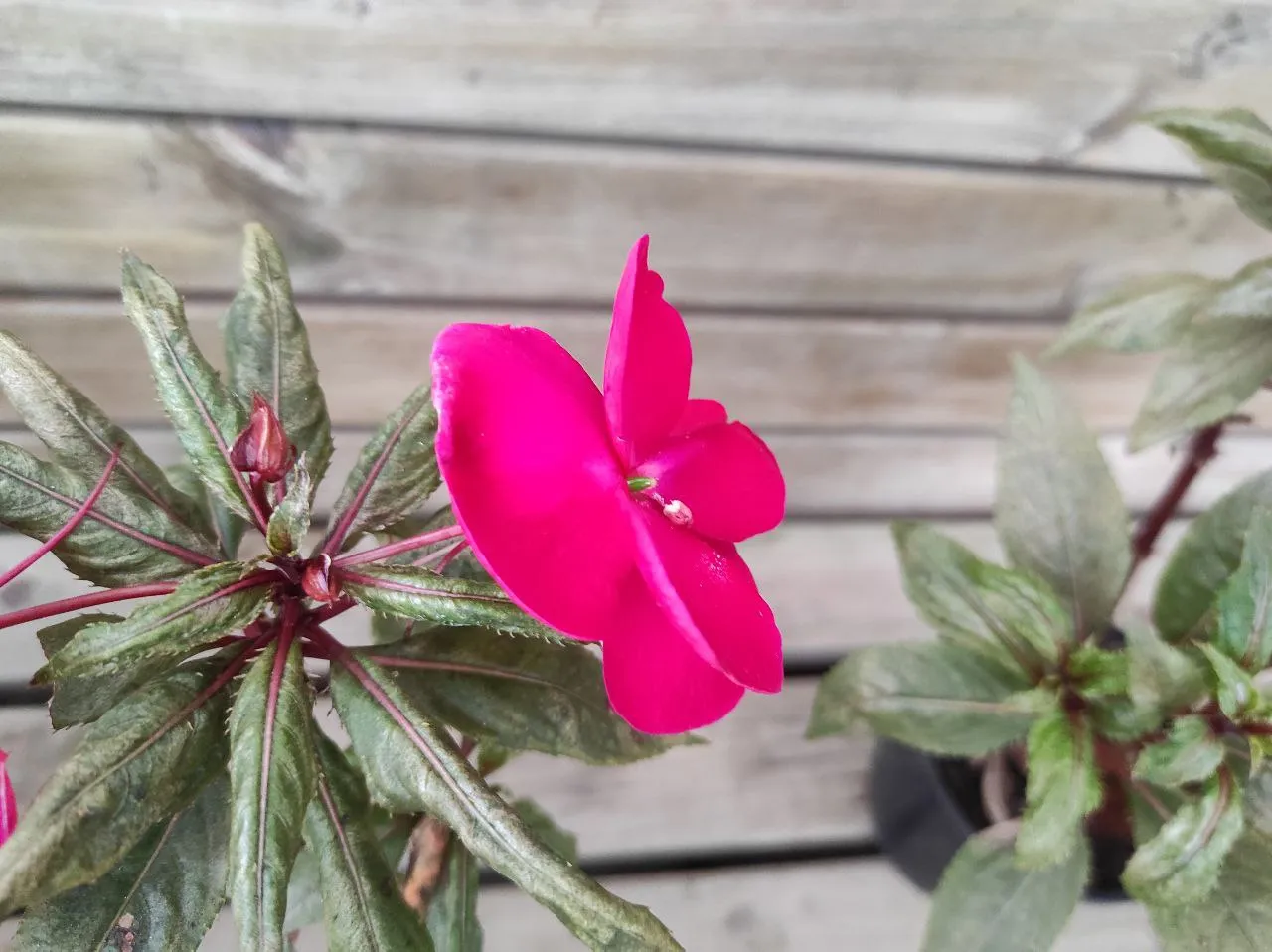
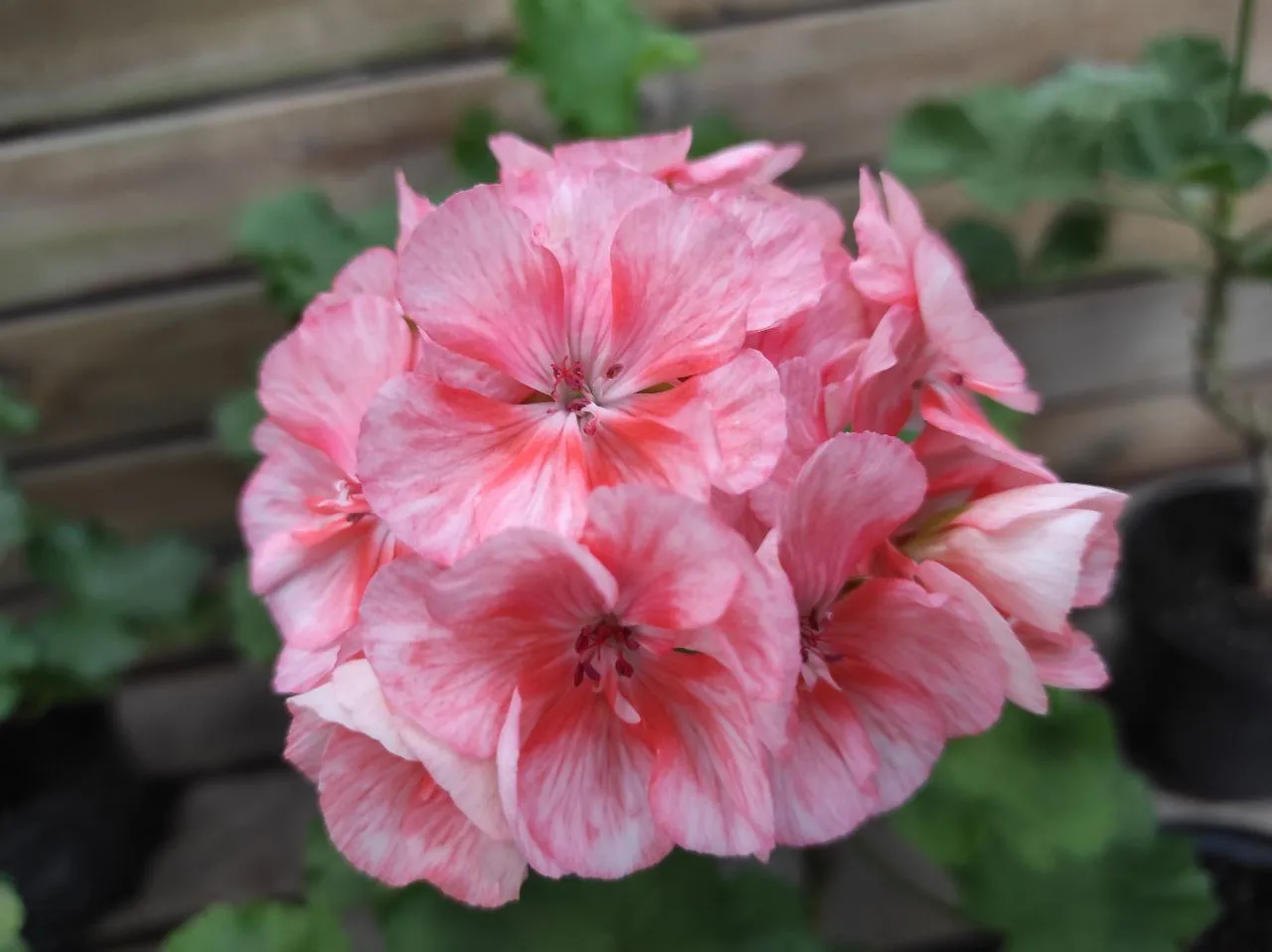
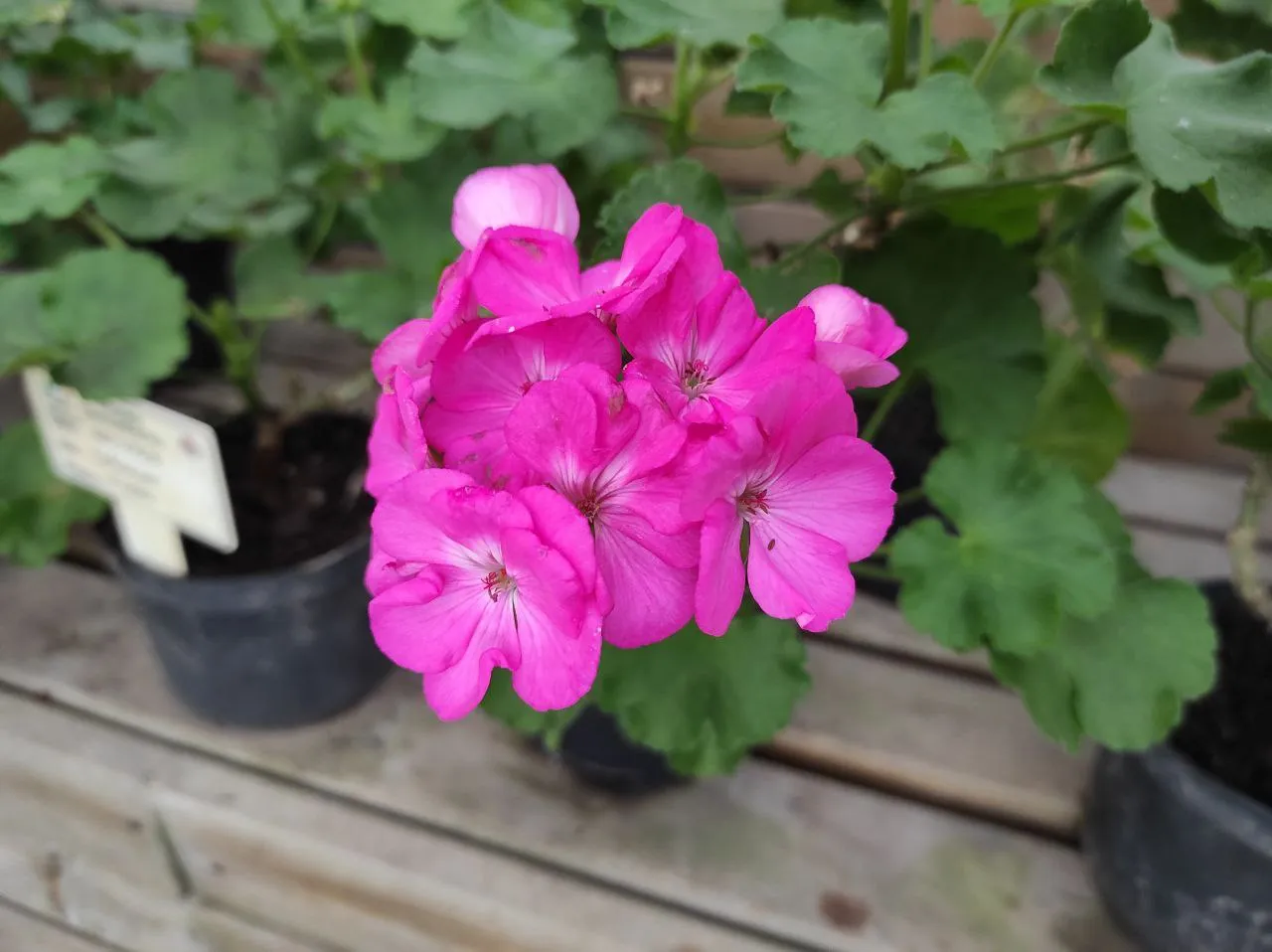

This tour of the garden was amazing, although we missed stations to see unfortunately, I have made an appointment to enter the herbarium and I hope there will be appointments before my vacation is over.
See you next time.
Photos taken with a Redmi Note 9 Pro.